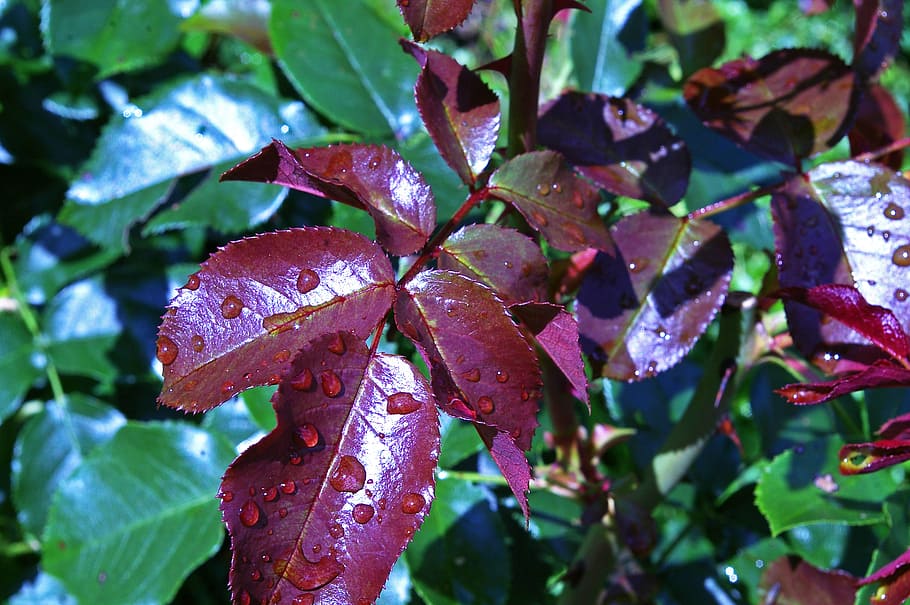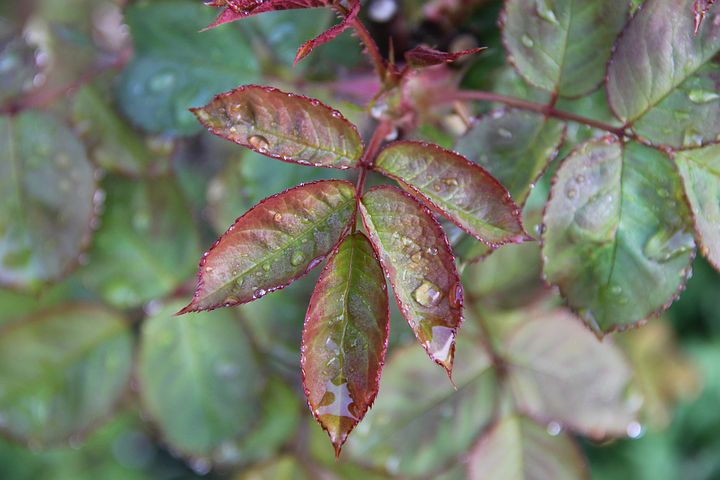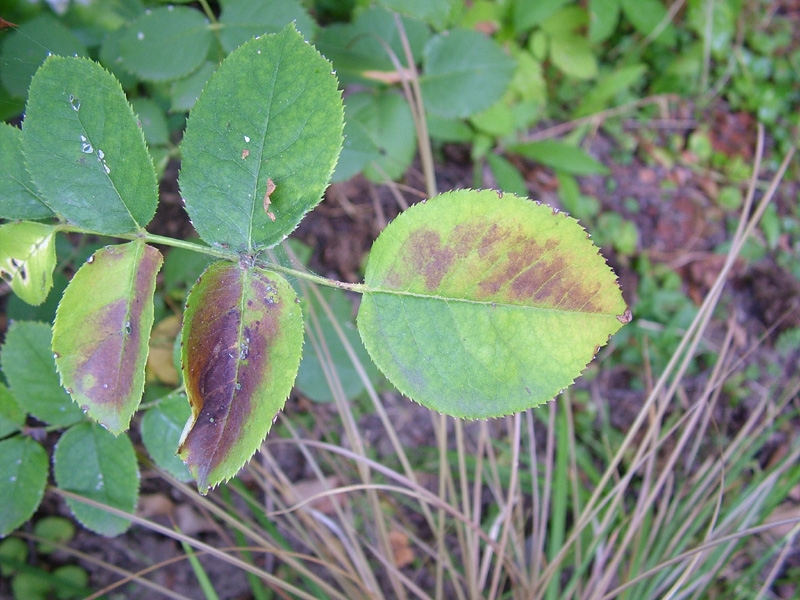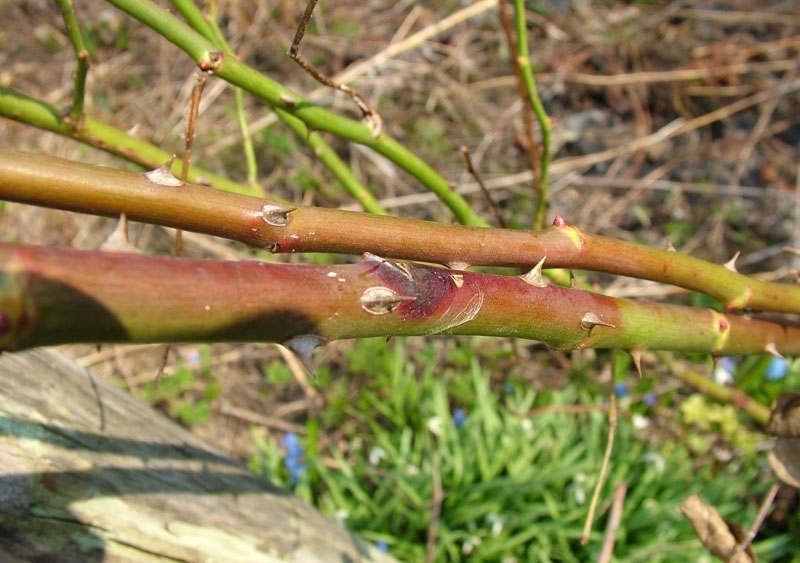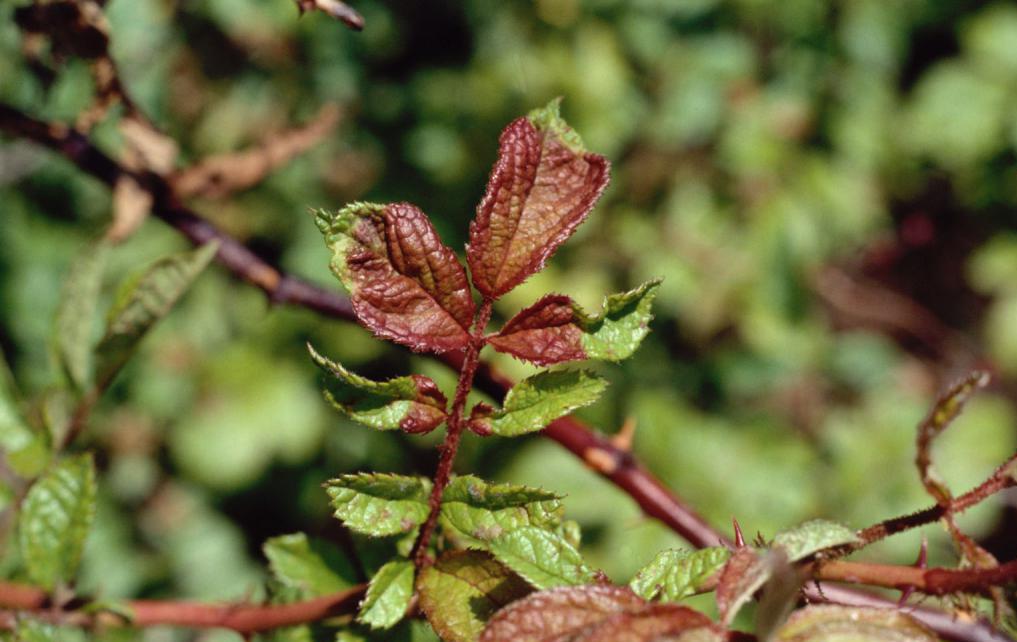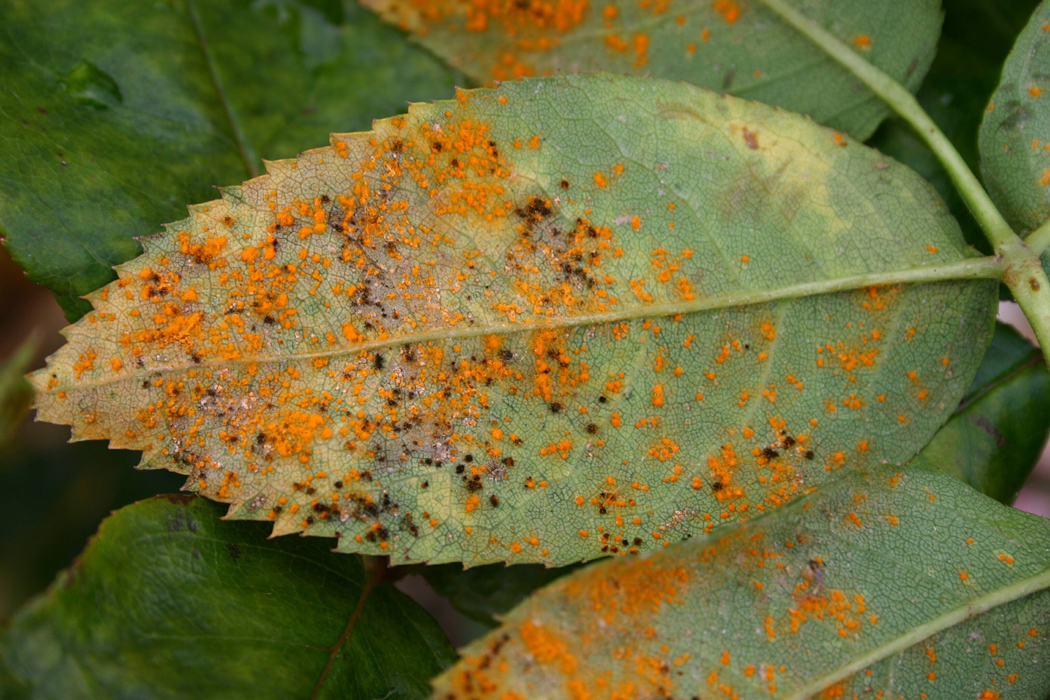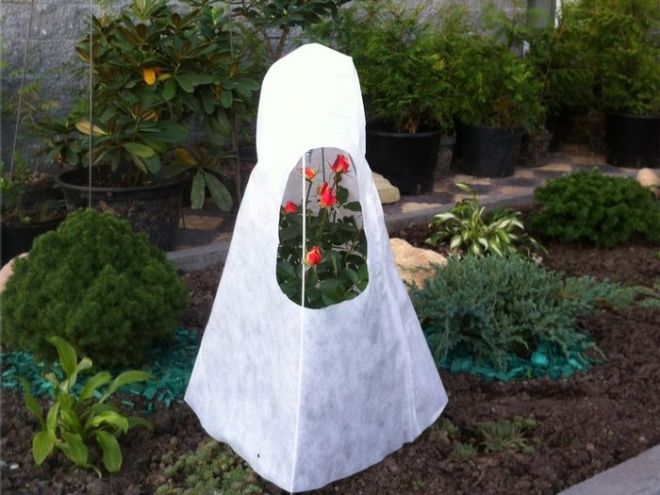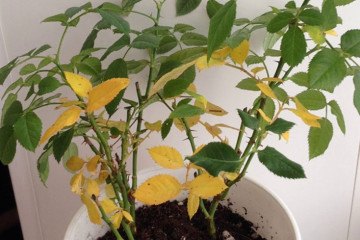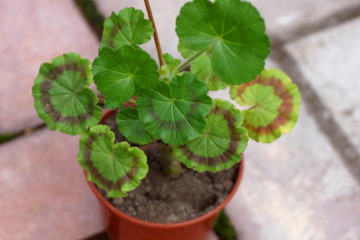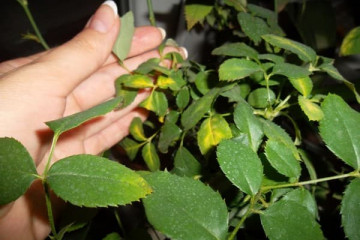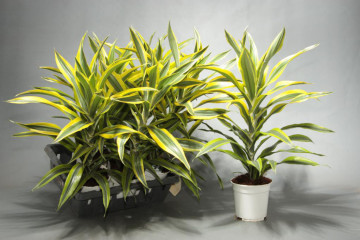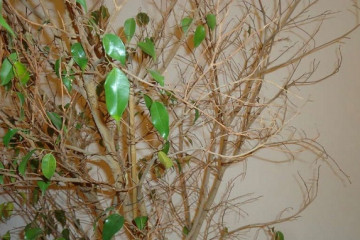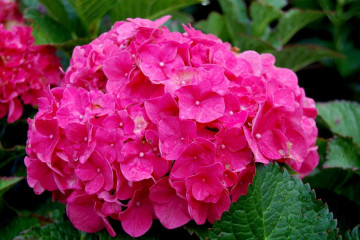Why does a rose have red leaves in the garden - reasons
Content:
Novice gardeners are often at a loss as to why a rose has red leaves and what might be causing the change. Professionals recommend paying attention to the general condition of the rose garden: if the color has changed in all the bushes, then it's time to sound the alarm and look for the source of the problem.
Why do the leaves, stems and shoots of roses turn red
The appearance of a reddish tint on the green part of rose bushes is perplexing to gardeners. Regardless of the original beauty of the plant, changes cause a loss of decorativeness.
Experienced flower growers recommend starting the solution to the issue by examining the bushes in the country and looking for additional symptoms.
Is it a problem or a norm
The reason for the appearance of red leaves in a rose is considered:
- natural changes - may be associated with the characteristics of the variety or temporary deviations due to external influences, over time everything will return to normal on its own;
- unnatural - an anomaly occurs when pests are attacked and affected by various diseases.
Natural causes of redness
The list of non-pathological origin includes:
- Features of the variety - in some varieties, reddening of the green part is observed in the spring. The anomaly is found in roses with red petals. If the produced pigment has not been completely consumed, then it is redirected by the plant to the foliage.
- Transplant - when transferring a shrub to another area, after moving from a darkened zone to a well-lit one, stress causes the flower to produce additional pigment. Due to its overabundance, foliage and shoots are stained.
- Lack of nutrients - with a lack of nitrogen, reddish spots form on old leaf plates, young ones remain greenish. If the problem is a lack of phosphorus, then a lilac border will be added to the burgundy color, and with a low intake of magnesium, changes will be observed only in the veins. Calcium problems are reported by initial yellowing, and later reddening of the leaves.
Redness due to disease and pests
Why do the leaves of a garden rose turn red: a change in shades can indicate the development of diseases or insect damage. Known problems with rose bushes include:
- Downy mildew - if the plates have partially turned yellow, and later curdled and turned reddish, then this is the main symptom of the disease. The fungus is activated in warm and humid weather, during rainy summers.
- Stem cancer - occurs under the influence of a fungal infection, is activated with increased soil moisture or an excess of feeding.
Causes of malignant redness
With changes that have affected not only the leaf plates, but also the shoots, as well as all the plants in the rose garden, it is necessary to take rescue measures. Otherwise, the entire flower garden may die.
Lack of nutrients, which is lacking in spring flowers
In spring, pathology may be associated with a deficiency:
- nitrogenous substances - with a large shortage, the plant stops developing, becomes weak, loses its attractiveness;
- phosphorus elements - recognized by a weak root system, poor growth, purple border on foliage;
- magnesium components - over time, the leaves will begin to crumble en masse, and the stems will remain bare.
Transplant from a shaded area to a sunny area
After being transferred to a new place, the shrub may become sore or change color due to the developed stress. Most often, the problem is observed in plants transplanted to light from the shade. In spring, the procedure cannot be carried out - otherwise the bush will lose its foliage or become completely unattractive.
What diseases cause redness
Rust is a common source of the problem. The fungal infection initially invades the foliage, then spreads to the branches, the crown and infects the entire plant. You can determine the disease by the pads with a red tint that have arisen on the sheets.
Gradually, they cover the entire surface of the leaf plate. The difference between natural changes and disease is clearly visible, it is impossible to confuse them. Rust prefers to be based on climbing varieties of rose bushes.
What to do if a rose bush turns red
Changing colors requires action. What to do if the leaves and stems of the rose turn red:
- Conduct a thorough examination - during hilling, accidental damage could occur, which triggered the penetration of infection into the wounds. If such a place is found, then you need to cover the wound surface with garden varnish or sprinkle with crushed coal powder.
- Watering and feeding according to the schedule - an excess of nutrients and moisture or their deficiency lead to external deviations. In the rain, the flower garden is watered less often (there should be enough water for a long time), the amount of fertilizer is reduced.
- Make a transplant - transferring a shrub to a new site allows you to fight pests and diseases. After the procedure, the plant is sprayed with fungicidal or insecticidal solutions, the damaged stems are cut off.
- Protect from the sun - some species cannot tolerate direct contact with sunlight. Nearby, you can plant tall trees or create a hedge. If the problem was an overabundance of light, then soon young green foliage will appear on the bushes.
- To study the varietal characteristics of a flower - if only scarlet roses are planted in one area, then there is no need to wait for emerald greenery. The constantly produced red pigment sooner or later migrates to the leaf blades.
How to fix the problem and prevent
The solution to the current situation depends on the primary source of its occurrence. Insufficient intake of useful elements is compensated by dressings containing the necessary components. To prevent the development of burn disease on the green part of the bushes, use:
- timely fertilization - the procedure should be carried out before July, later feeding stops (unless there is a case of exception);
- specialized covers - help protect shrubs from summer heat and winter cold;
- spraying - for preventive treatment, a solution of copper sulfate is used.
Fungal infections are more difficult to fight. After determining the type of disease, all damaged areas are cut off, and the cut sites are disinfected with Fundazol or a solution of copper sulfate. Additional measures related to leaving:
- constant monitoring of the amount of fertilizers applied - shortage and excess are equally destructive for the rose garden;
- before planting, the young are kept in a 1% solution of copper sulfate - about 20 minutes;
- plantings are regularly treated with soapy water - this approach will help prevent the formation of colonies of aphids and other parasitic insects;
- when transplanting or processing, do not forget to disinfect the instrument;
- spraying with Bordeaux liquid is periodically carried out;
- they regularly examine the bushes for damage - if they are found, old and dried shoots are excised.
When you receive all the necessary nutrients, proper watering and planting in a certain place, they practically do not encounter diseases of roses. If a disease has occurred or pests have attacked the bush, then the issue will be easier to resolve. The neglected and unkempt flower beds are more difficult to treat.
The reddish tint of the leaf plates does not always indicate troubles that have arisen. Before starting the process of plant rescue, you need to make sure that the deviation is not associated with stress or varietal characteristics, a lack of mineral elements. In other cases, you will have to treat the entire garden with insecticides and fungicides, change the regime of watering and dressing.
